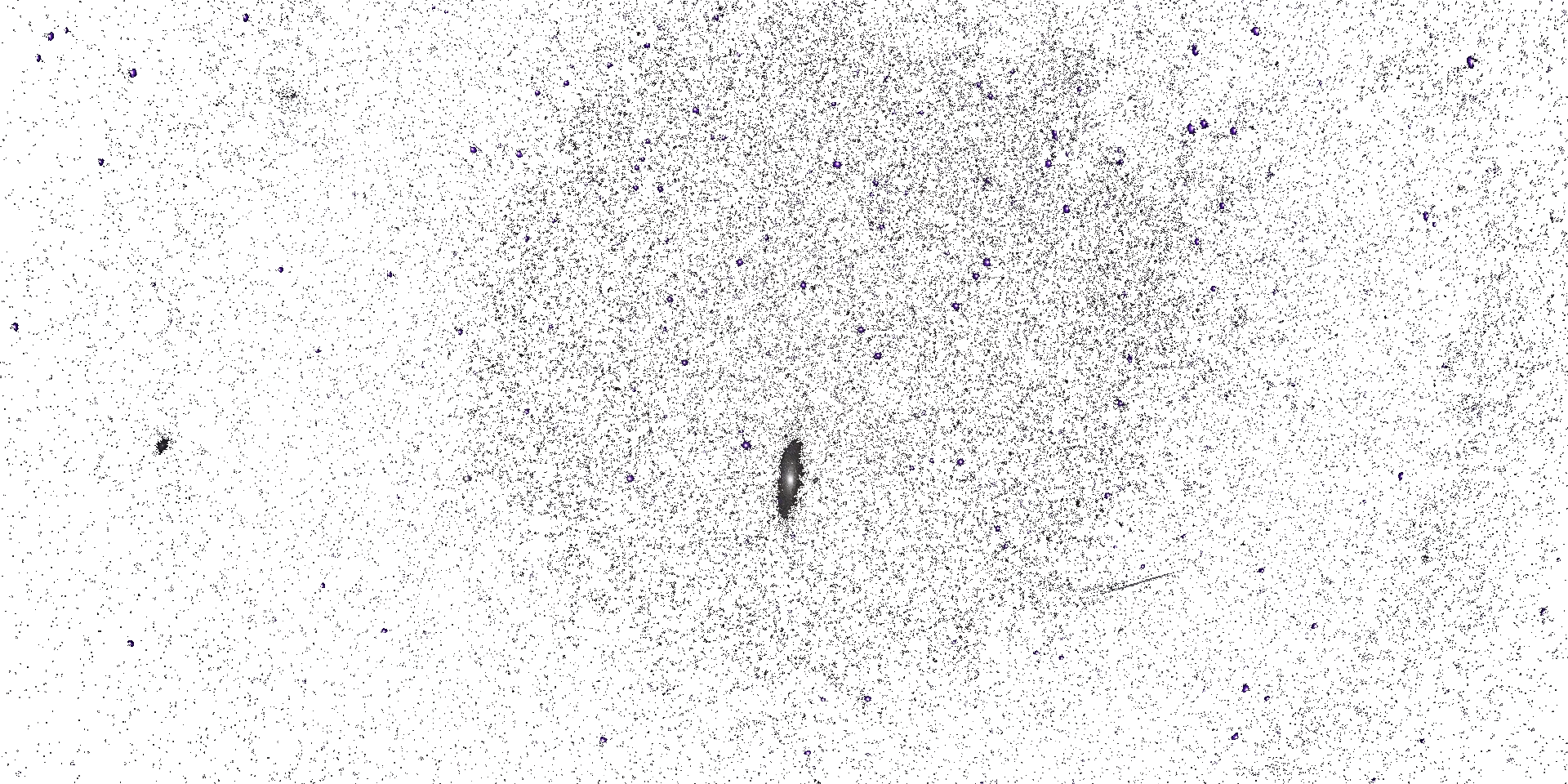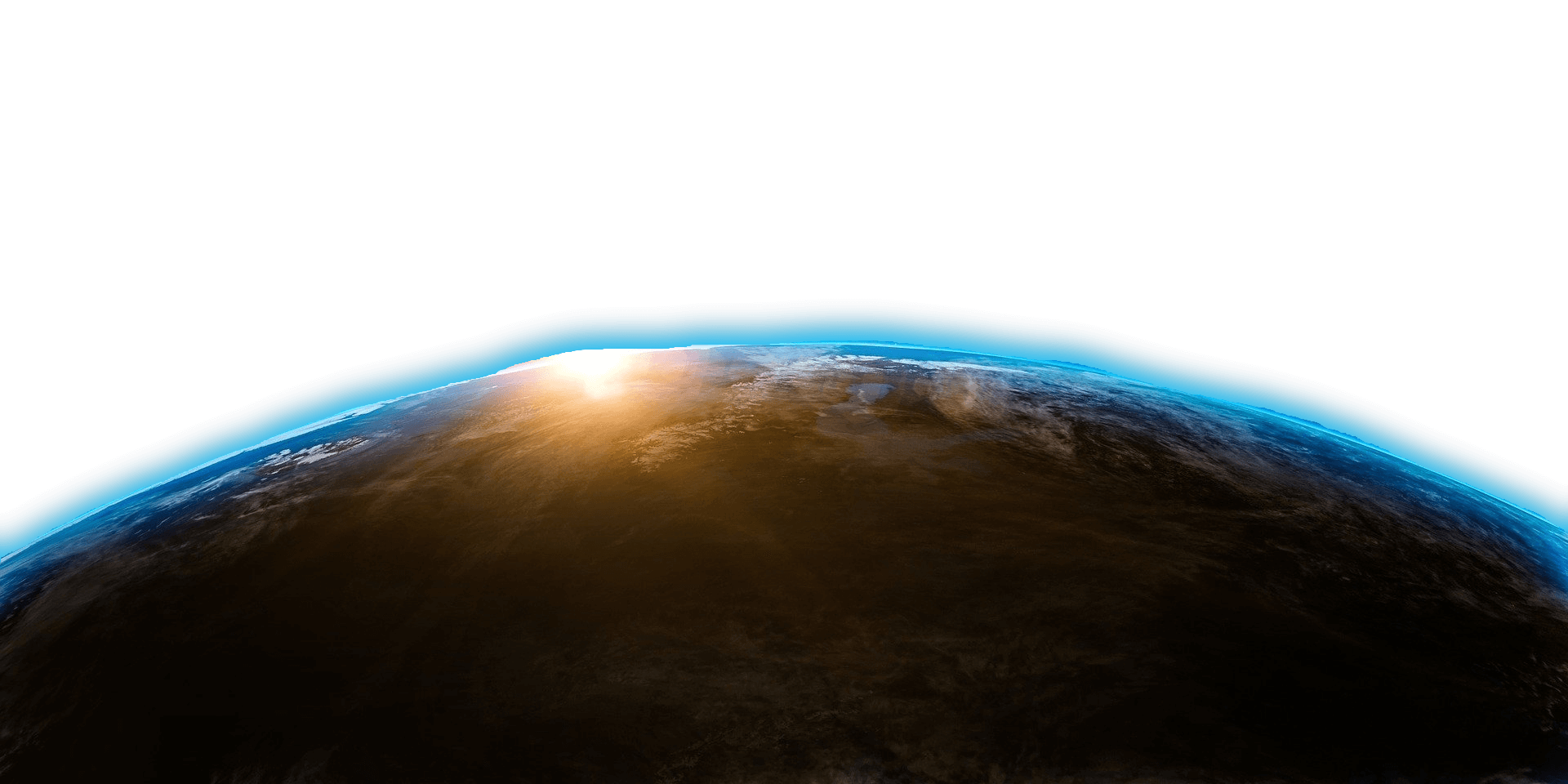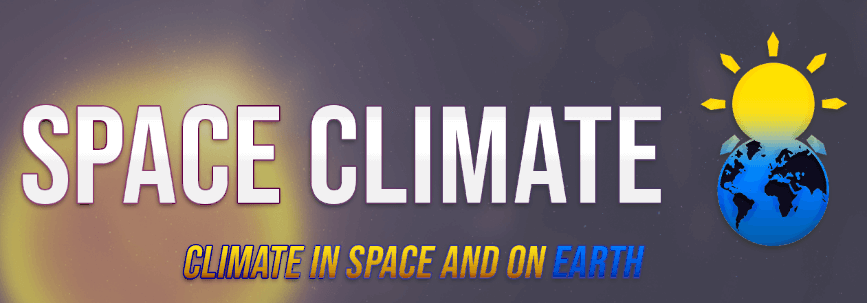




Space Climate 8 Meeting Abstract
Reconstructing solar irradiance from Ca II K observations
Theodosios Chatzistergos (Max Planck institute for solar system research)
Natalie A. Krivova, Ilaria Ermolli, Kok L. Yeo, Sudip Mandal, Sami K. Solanki, Jean-Marie Malherbe, Greg Kopp
Reconstructions of past irradiance variations are crucial for climate studies since direct TSI measurements cover a relatively short time interval.
The variability on time scales longer than about a day is driven by the evolution of the solar surface magnetic field.
This means that to successfully reconstruct past irradiance variations, models require appropriate data that describe the contributions of different solar surface magnetic features, such as sunspots and faculae.
Whereas sunspot observations exist since 1600's, suitable facular data are considerably shorter.
Thus most available reconstructions of historical irradiance variations rely solely on sunspot data, or indirect proxies of solar magnetism.
The missing information for faculae can be derived from the historical archives of Ca II K observations. However, their use has so far been rather limited due to the difficulty in accounting for the non-linear response of the photographic plates, along with numerous large-scale artefacts affecting the images.
We have performed an extensive analysis of Ca II K data allowing us to overcome most issues plaguing them.
We have also reassessed the connection between Ca II K brightness and magnetic field strength, allowing Ca II K observations to be converted to maps of solar surface magnetic field, as well as the relation between sunspots and faculae as seen in Ca II K observations.
This prepared the ground for reconstructions of past irradiance variations from Ca II K.
We will present our latest results on utilizing Ca II K data for irradiance reconstructions.
